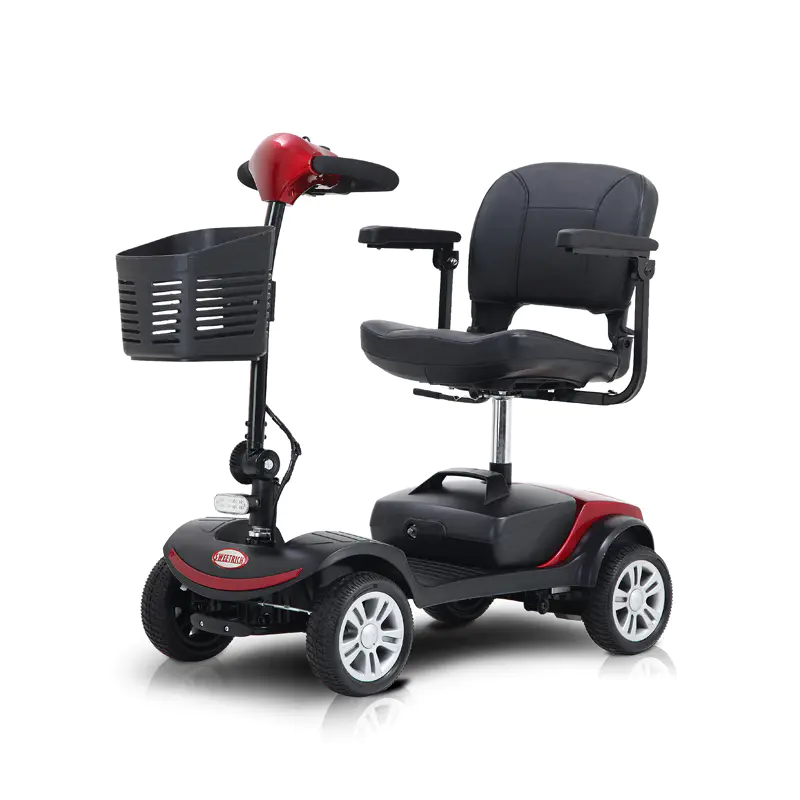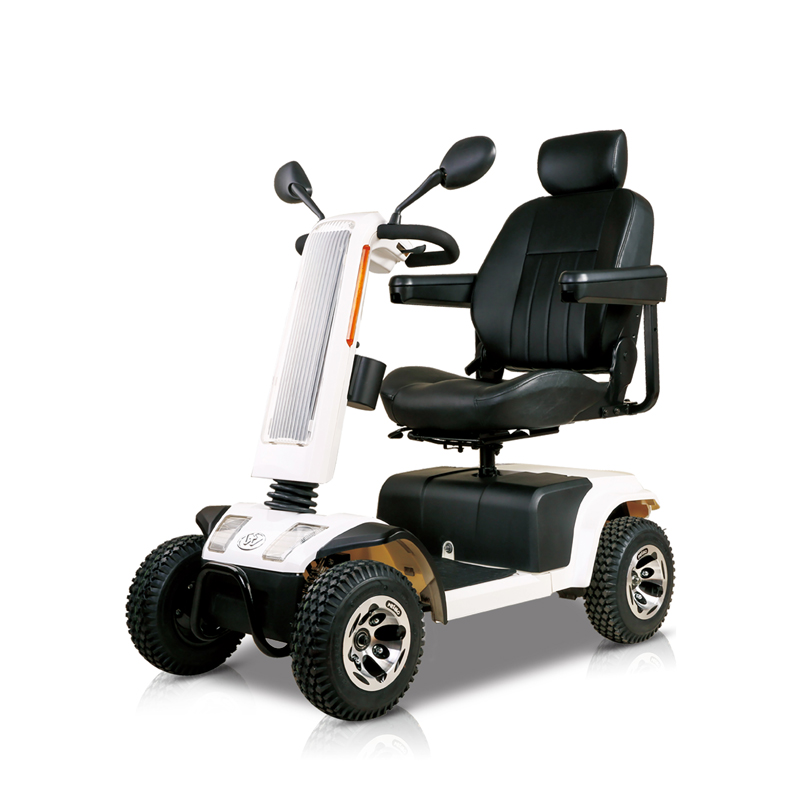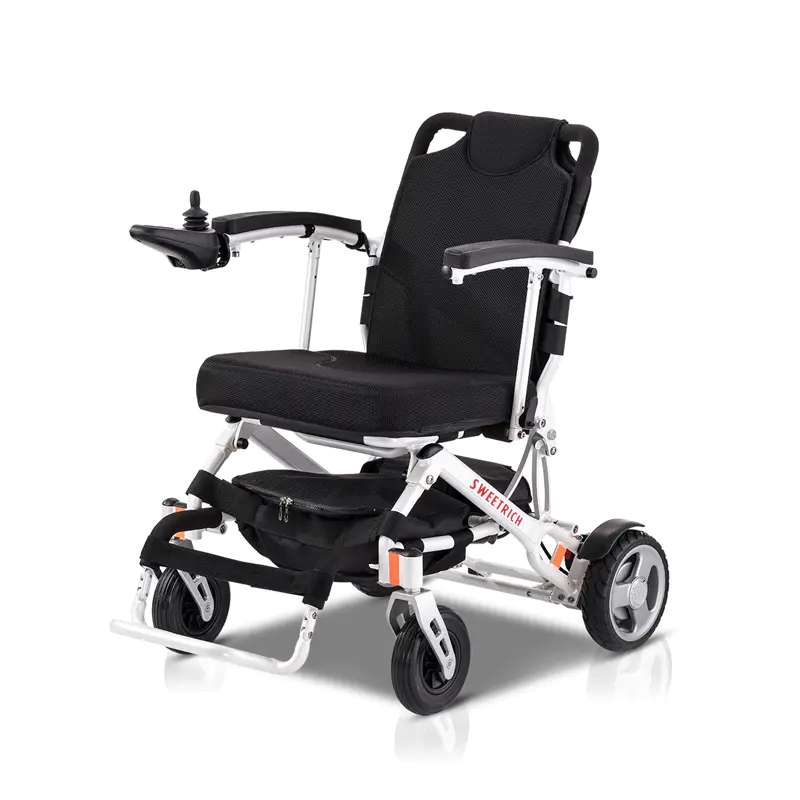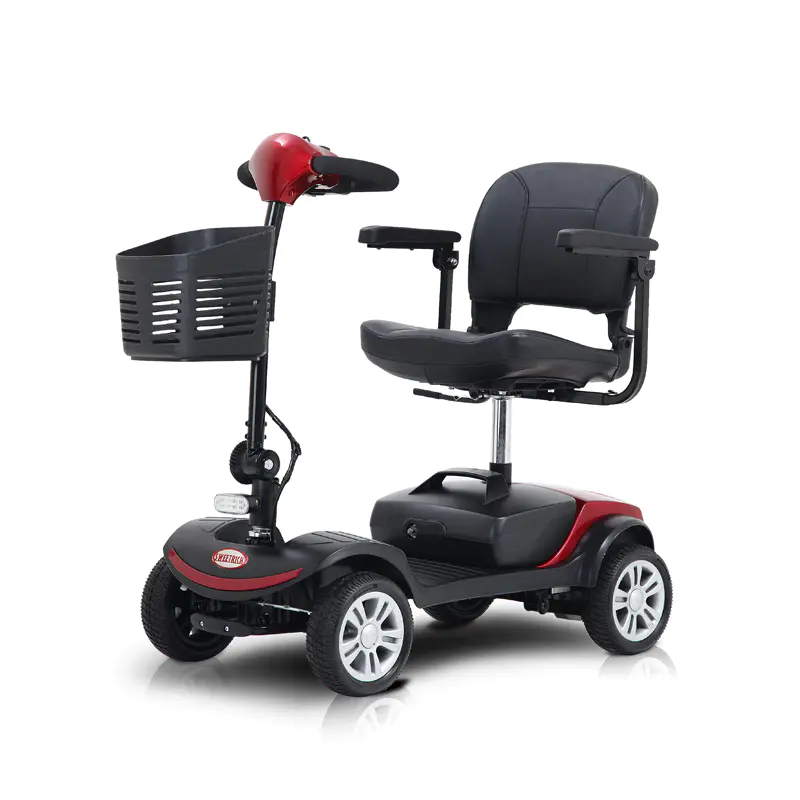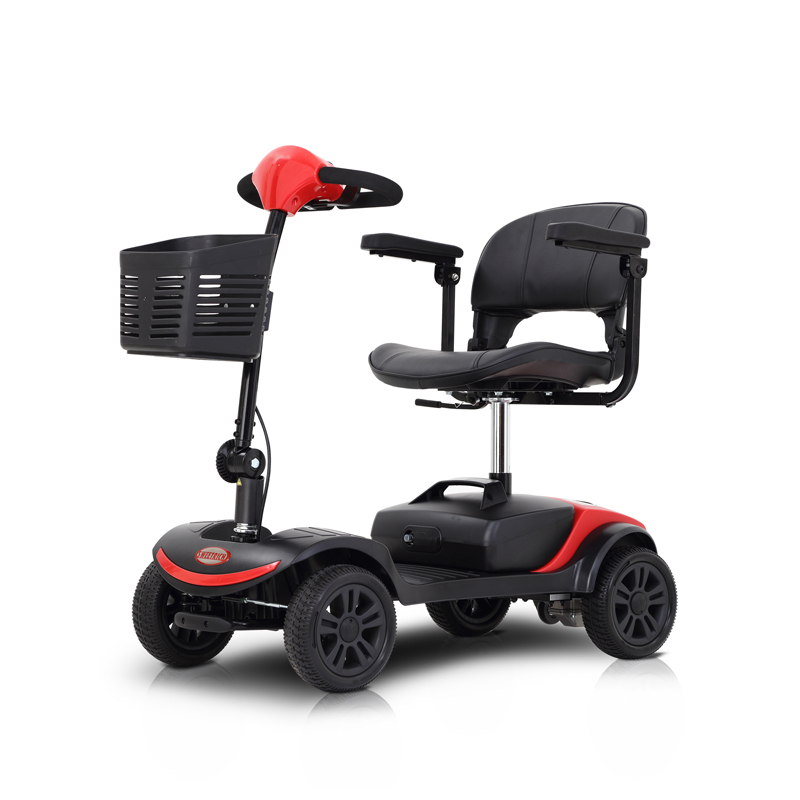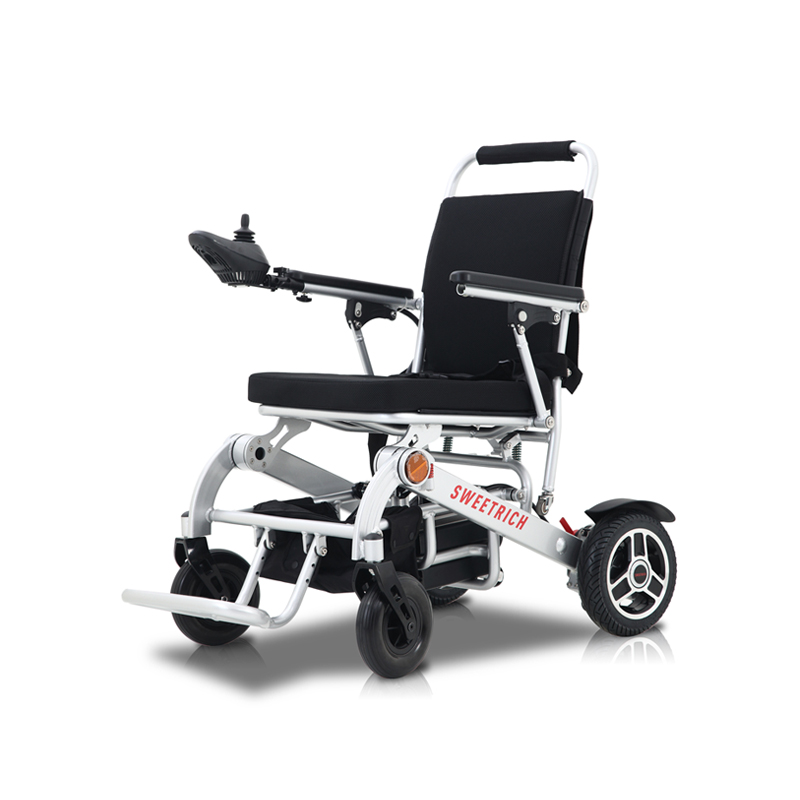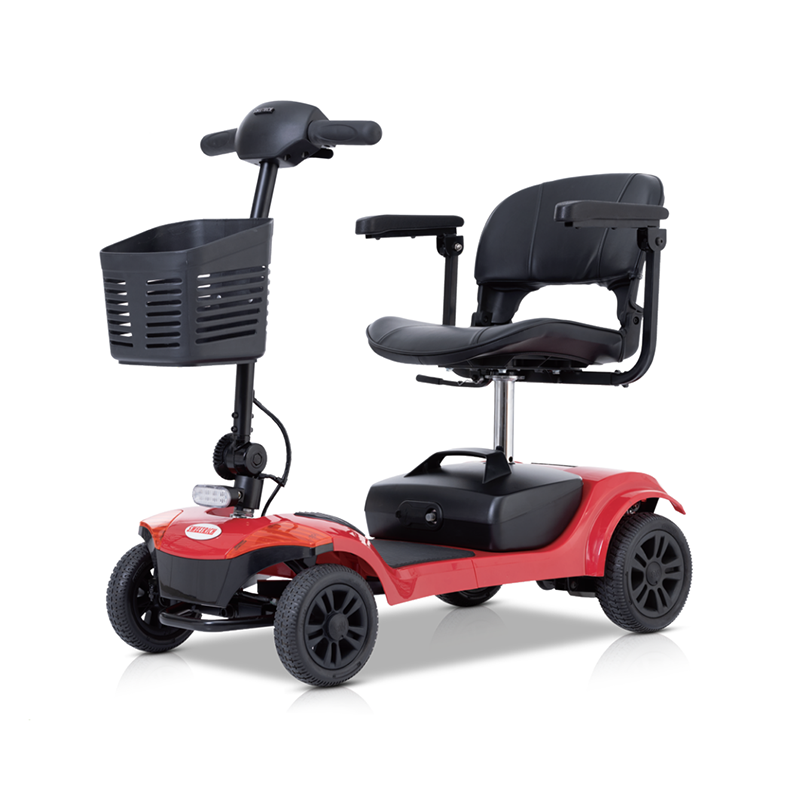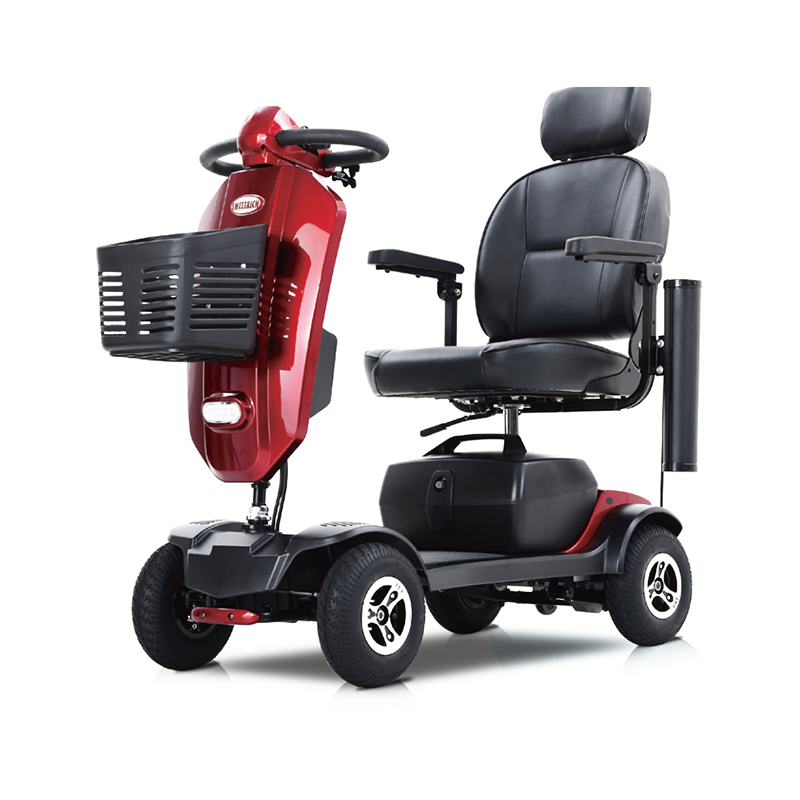Portable power wheelchairs are powered the use of rechargeable batteries. These batteries provide the power had to propel and maneuver the wheelchair. The unique form of battery used can vary relying on the model and producer of the wheelchair.
There are two main types of batteries used in transportable power wheelchairs: sealed lead-acid (SLA) batteries and lithium-ion (Li-ion) batteries.
Sealed lead-acid (SLA) batteries were the conventional choice for energy wheelchairs for many years. These batteries are less expensive, dependable, and feature a long lifespan. SLA batteries are also surprisingly heavy, which can affect the overall weight and portability of the wheelchair. However, advancements in battery generation have led to the development of light-weight SLA batteries, which have made transportable power wheelchairs extra practical and easier to transport.
Lithium-ion (Li-ion) batteries are a more moderen and increasingly more famous option for transportable power wheelchairs. Li-ion batteries are considerably lighter than SLA batteries, which makes the wheelchair greater transportable and less complicated to deal with. They also have a longer lifespan and offer a higher energy density, meaning they can keep extra strength in a smaller space. This outcomes in a longer battery life and elevated variety for the power wheelchair. Li-ion batteries also are preservation-loose and have a quicker recharge time in comparison to SLA batteries.
Regardless of the form of battery used, transportable energy wheelchairs are designed to be easily charged. They commonly include a charging cable and a compatible charger that may be plugged right into a fashionable electric outlet. The charging manner is much like charging a mobile smartphone or pc. The consumer surely desires to attach the charging cable to the wheelchair's battery port and the alternative stop into the charger.
Most portable strength wheelchairs have a integrated charging machine that monitors the battery price stage and forestalls overcharging. This allows to extend the battery's lifespan and ensures ultimate overall performance. The charging time vary depending on the battery potential and the level of discharge. However, it normally takes several hours to completely charge the battery.
Some transportable strength wheelchairs additionally offer the option to charge the battery off-board. This manner the battery can be removed from the wheelchair and charged one at a time. This feature may be specially beneficial for folks who may additionally have restrained get admission to to a power outlet or who want to preserve space when travelling. Off-board charging systems generally include a separate charging station or dock in which the battery can be placed for charging.
In addition to the batteries, transportable strength wheelchairs are ready with other electric components, including vehicles and controllers, that are critical for their operation. These components paintings along side the batteries to offer the important strength and control for the wheelchair's movement.
Overall, the power source of portable energy wheelchairs is essential to their capability and usefulness. The desire between SLA and Li-ion batteries relies upon on different factors, which includes the person's choices, needs, and price range. Advances in battery generation preserve to improve the performance and comfort of portable strength wheelchairs, making them an vital mobility aid for people with mobility impairments.

